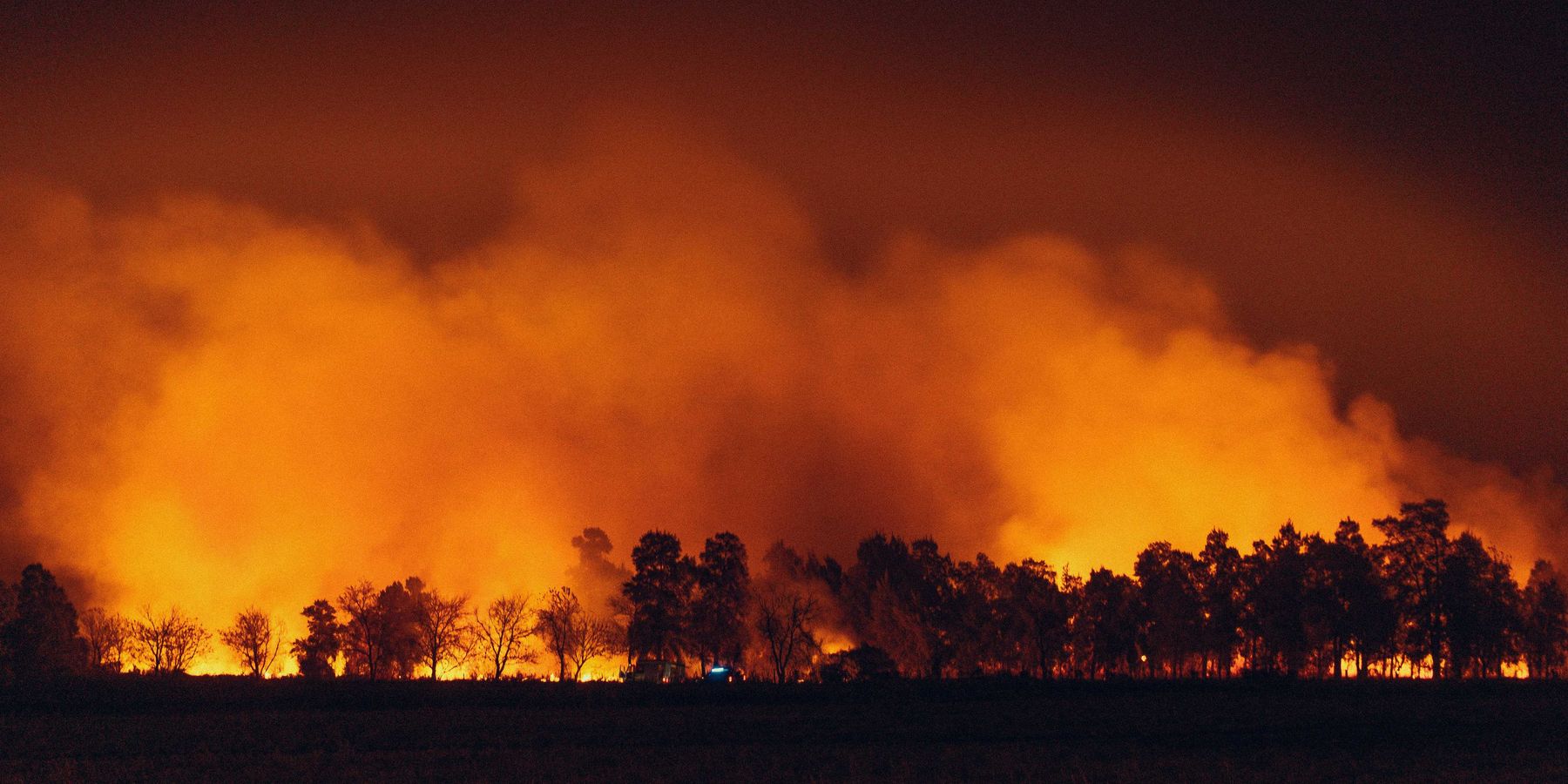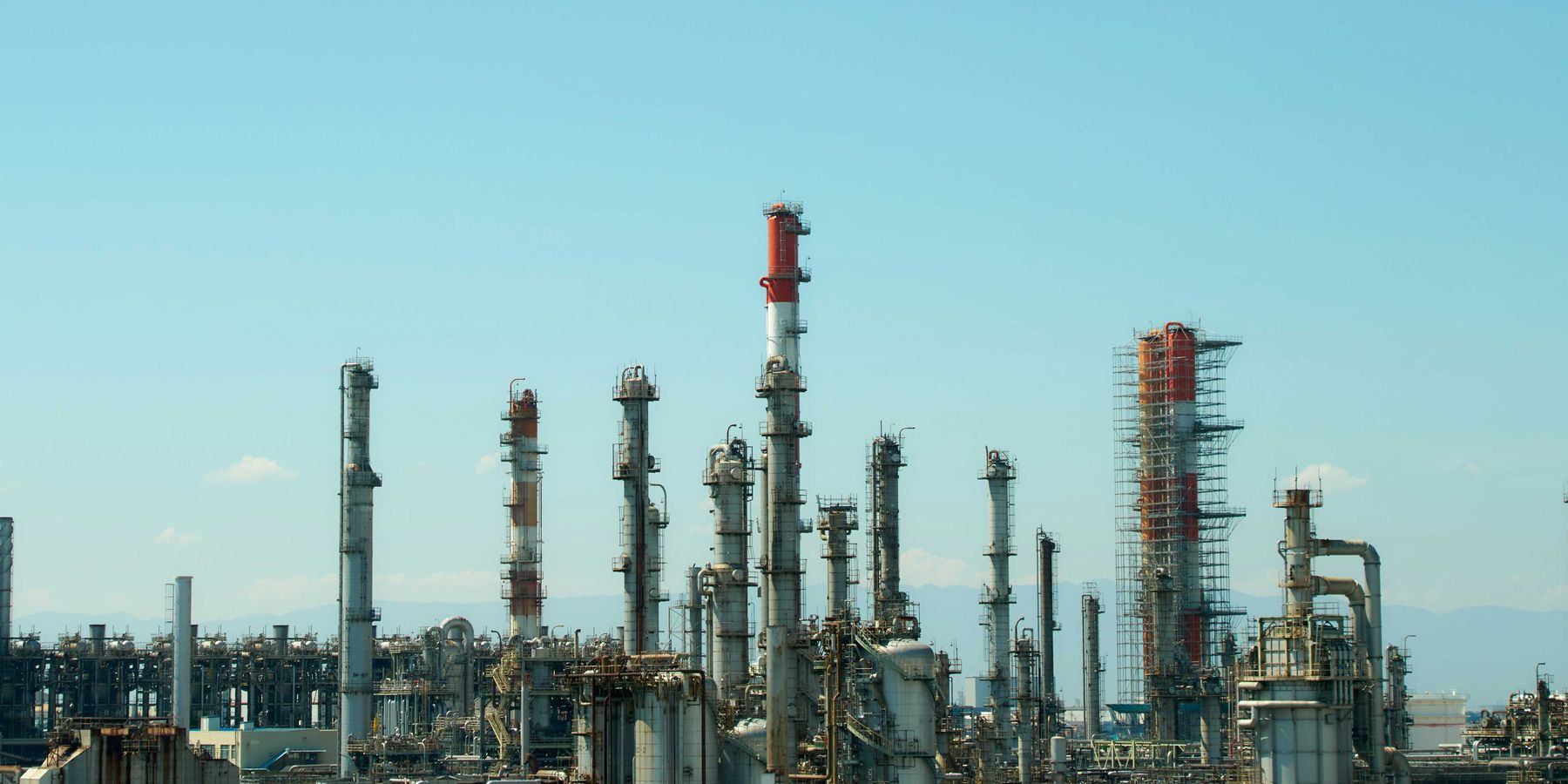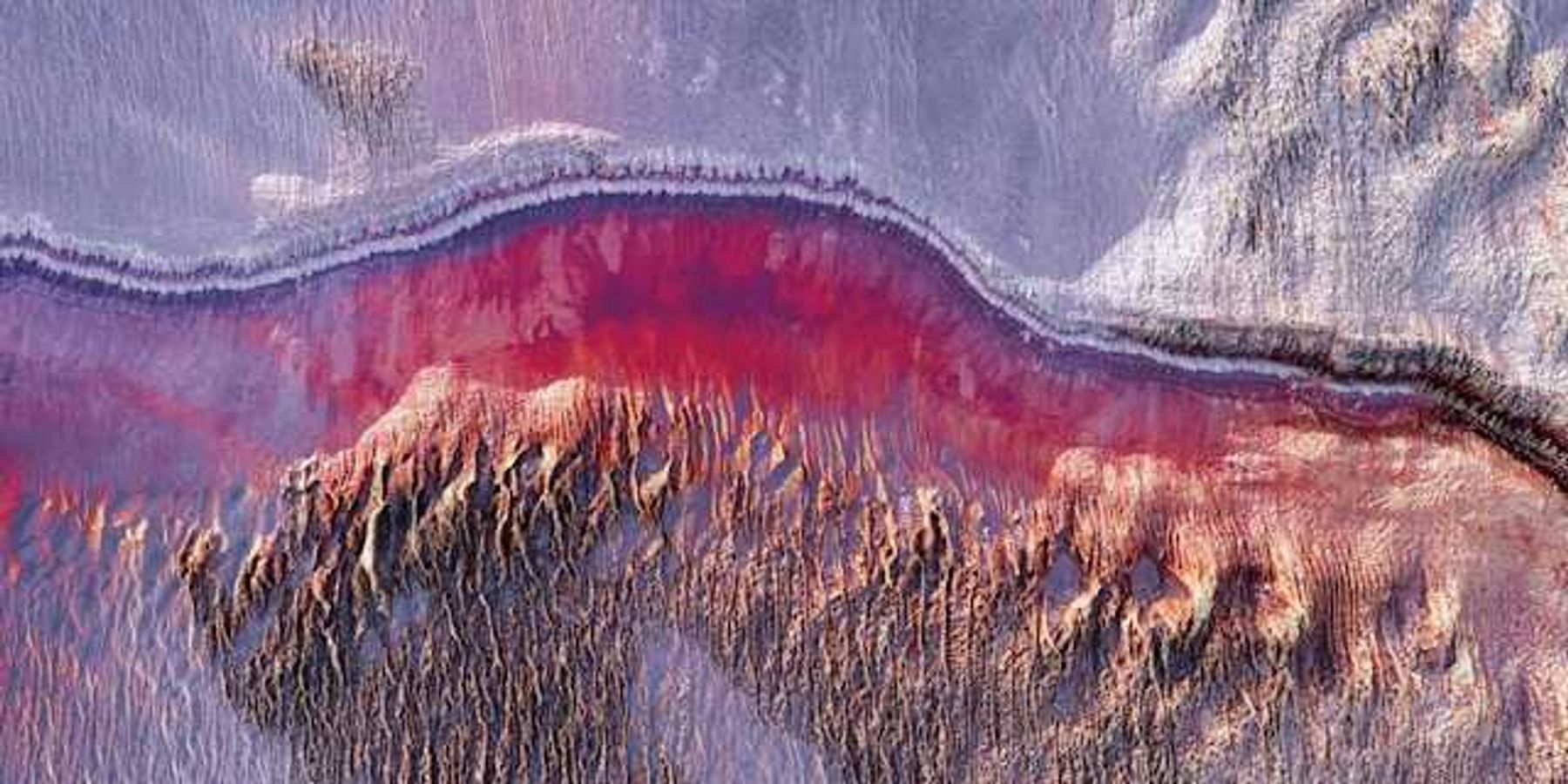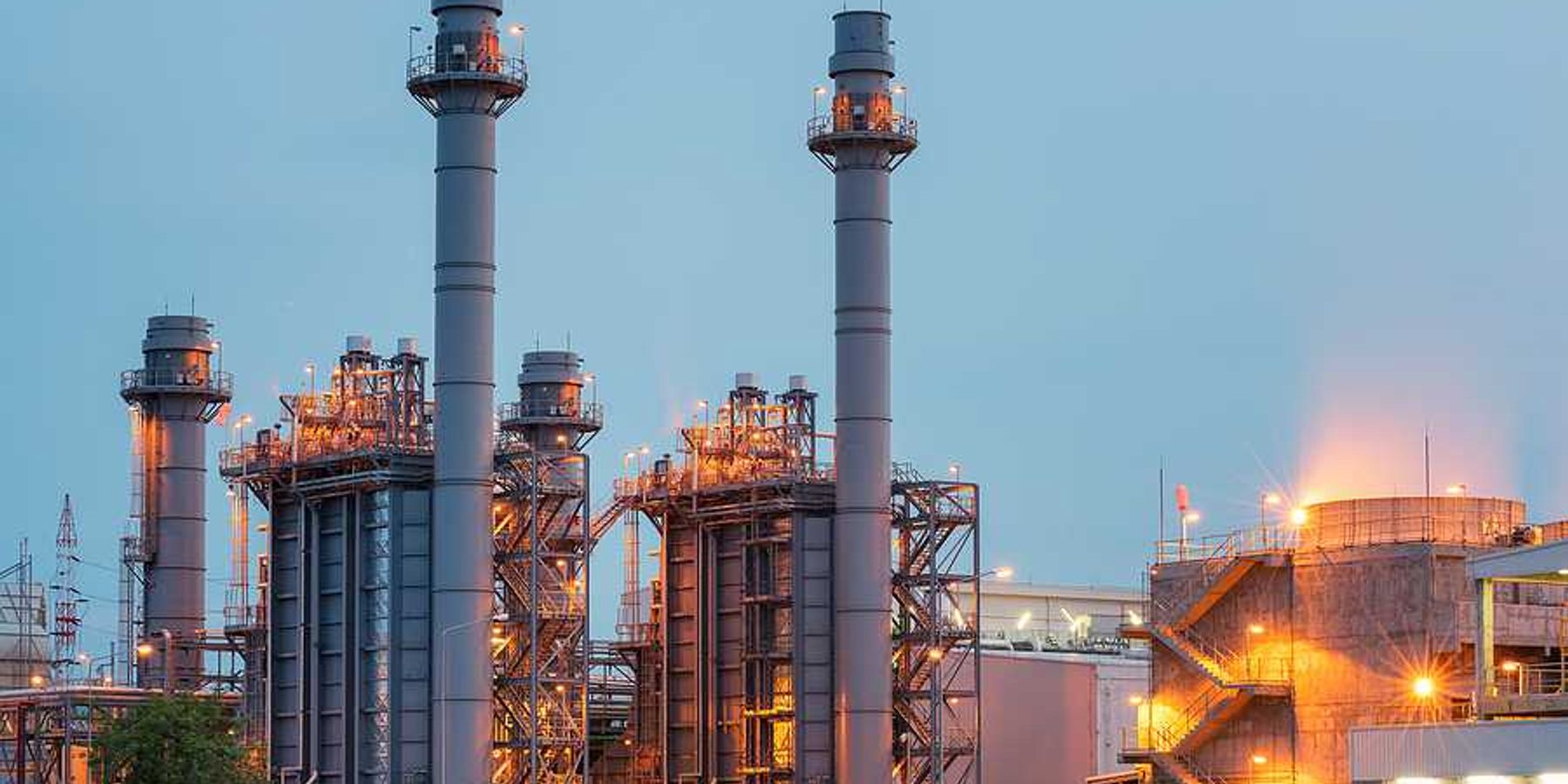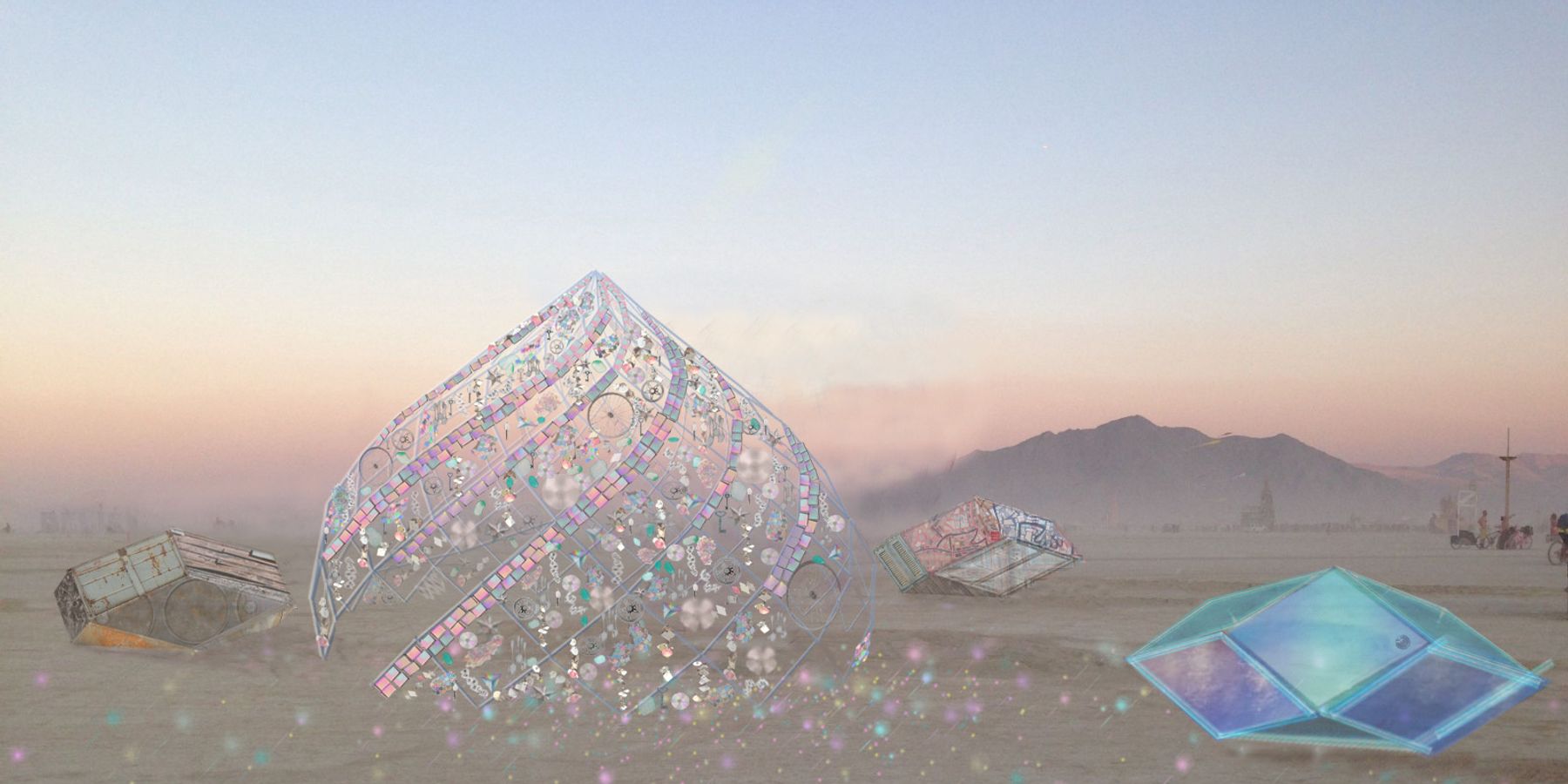
Research meets art: Exploring possible climate futures at Burning Man
There will be no Burning Man 2020. But researchers are already looking ahead to next year's event with an eye toward climate education.
Working in the field of climate change mitigation, one of the most fundamental questions we ask is how to engage folks with the issue of climate change?
Many assume that information is the key—if we can just get the public the right facts, graphs, and charts, they will change their behavior.
Unfortunately, reality isn't so simple. If information is not enough, what is? This is a question I've struggled with for almost a decade, and I've come away—as both a researcher and a human being—believing that what people are lacking is an experience, something they can touch, feel, explore, and remember.
So, after a number of years participating in one of the world's most imaginative, mind-bending creative gatherings, Burning Man, I decided to embark on a journey of connecting my academic research with an art installation for the event.
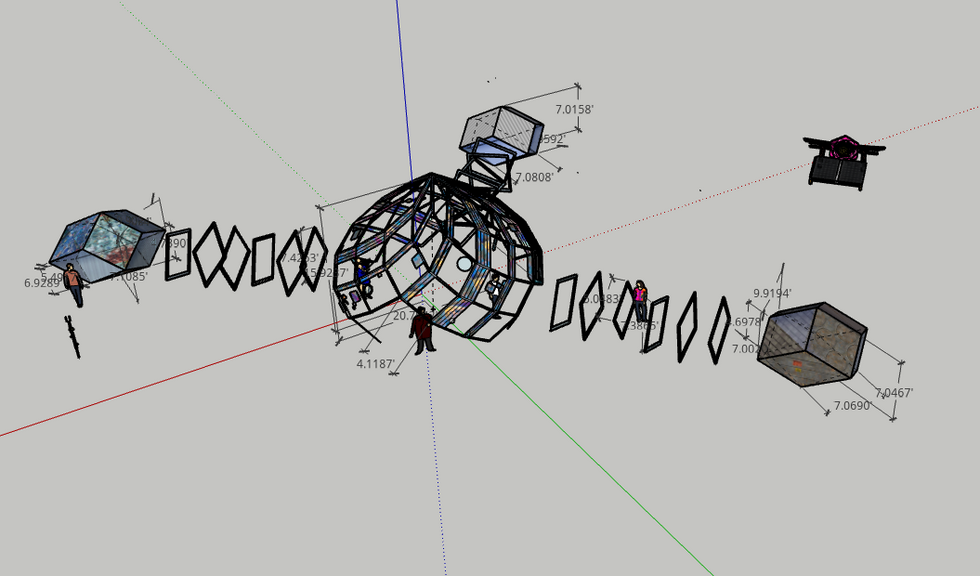
The project is called "The Prism of Possibilities." It's an interactive and immersive exploration of multiple possible future climate scenarios depending on humanity's actions to curb greenhouse gas emissions.
There are three possibilities built into the art project, which are based on scenarios that Intergovernmental Panel on Climate Change describes in their last Assessment Report. One is a worst-case and also business as usual scenario—where almost no mitigation is done and impacts are very devastating. Another is a middle-of-the road scenario where we do some mitigation. And the third is the best-case scenario where, within the next decade and beyond, we're able to very significantly reduce global emissions.
These three possibilities are connected through a large pointed dome that's akin to an inter-dimensional train station. There will be some clues on and in the train station to the story of the project. For example, much of the decor will be the forgotten-about waste of humanity, there will be some artful signage and little hidden clues like buttons that give access to audio recordings.
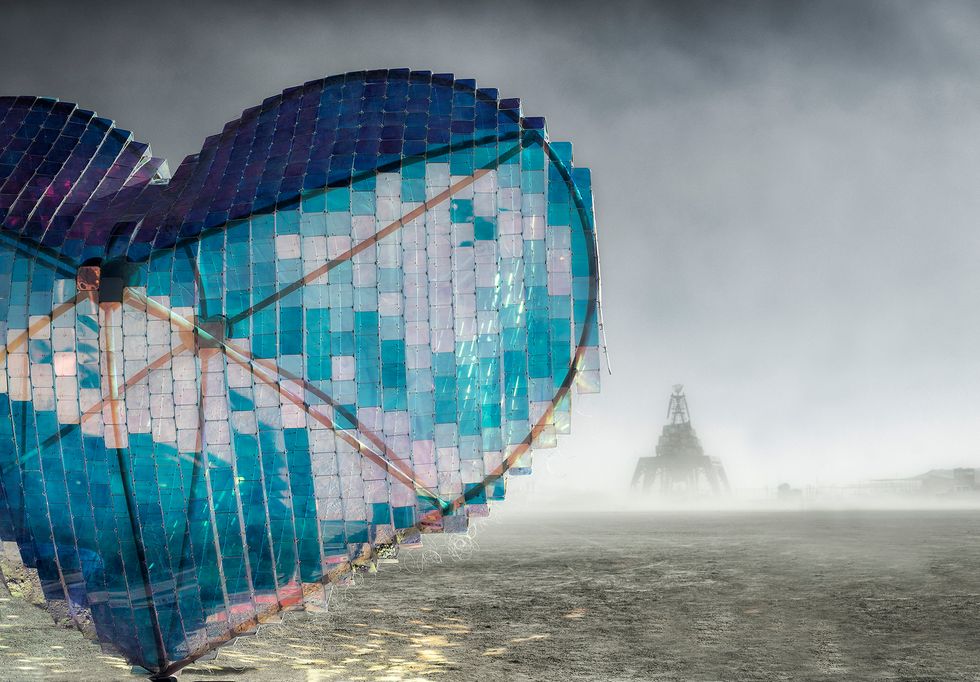
The train station gives participants access to three different portals—swirling squares that will be lit with LEDs at night. At the end of each of the three portals is the different climate scenario, which is represented by a house (it actually is the same house at the same time but in three different universes experiencing the three different climate scenarios). The way the houses look and the objects inside them will tell the story of what happened through photographs, diaries, and the trappings of everyday life.
The goal of the project is to help participants to imagine what life might be like 100 years from now, which is not an easy task. As is evident by the current pandemic, it is difficult to think about and plan for disaster scenarios—even ones that imminently lethal.
Art, especially interactive, immersive art, represents an opportunity to open the imagination, to take advantage of people's innate curiosity and offer the experience of another reality.
We hope that the 70,000 participants of Burning Man 2021—and those who experience it wherever it gets placed after the event— are able to walk away from this project with a memory that helps to form a new perspective and meaningful engagement with one of the world's most pressing issues.
Emily Nicolosi is a research assistant professor in the Department of Geography at the University of Utah.
Banner photo: A photoshop collage showcasing the decor and visual impact of the Prism of Possibilities.

